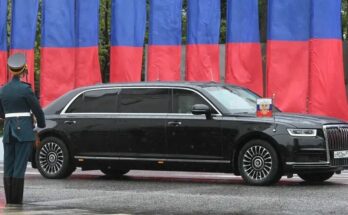Amid the ongoing war in Ukraine and pressure from ever-tightening sanctions, Russia is designing a strategy meant to make the country’s automotive industry more self-sufficient.
Related: Russia Lowers Vehicle Safety Standards After Sanctions
According to a government spokesman, the main objectives of the new strategy are to stimulate demand for cars among Russian consumers and to achieve 80% localization of vehicles and the production of their components. The plan will cost RR500 billion to RR600 billion ($8.3 billion to $9.9 billion) in investments until 2035. Roughly the same amount of funds is earmarked for supporting exports of Russia-built vehicles by subsidizing logistics and transportation costs.
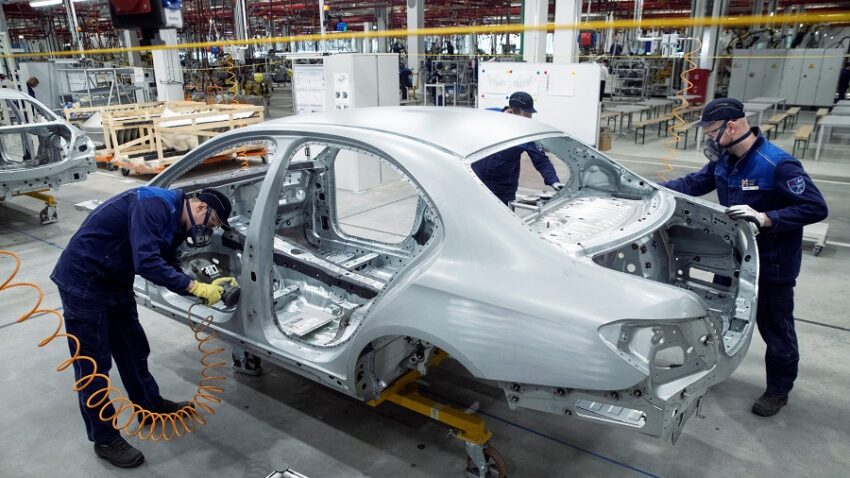
Most foreign automakers suspended car exports to Russia following the invasion of Ukraine, and those with production facilities in the country suspended operations either because of sanctions or parts shortages resulting from supply-chain disruptions.
Related: Japan Continues to Export Huge Number of Used Cars to Russia
Apart from the domestic automakers, only China’s Haval continues to build cars in the country. According to Russian Federal State Statistics Service data, passenger-car production in Russia fell 260% in the first half of the year to 281,000 units. The disruption to the industry has forced a rethinking of the existing strategy designed to be in place until 2025.
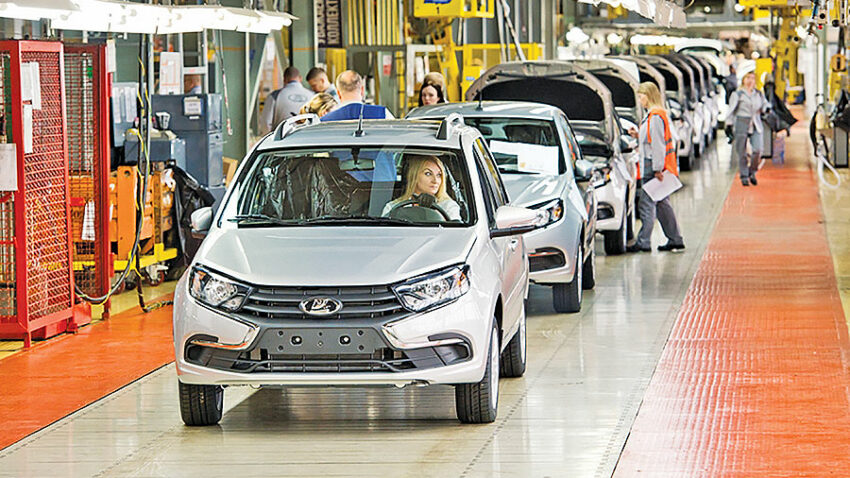
Under that strategy, state support for the automotive industry over the past 5 years totaled only RR387 billion ($6.4 billion). These funds primarily subsidized preferential car loans and leasing, product development, and equipment purchases. Production priorities of the revised strategy include small diesel engines, automatic transmissions, anti-lock braking systems, and airbags.
Related: Russia’s Lada Plans New Models After Renault Exit
The new strategy also involves raising both the competitiveness of Russian components and parts in the domestic market and the level of their quality. That will require investments of RR2.7 trillion ($43.6 billion) in R&D activity from 2023-2035. Business is expected to furnish 70% of the R&D investments, with the government providing regulatory relief as well as financial support.
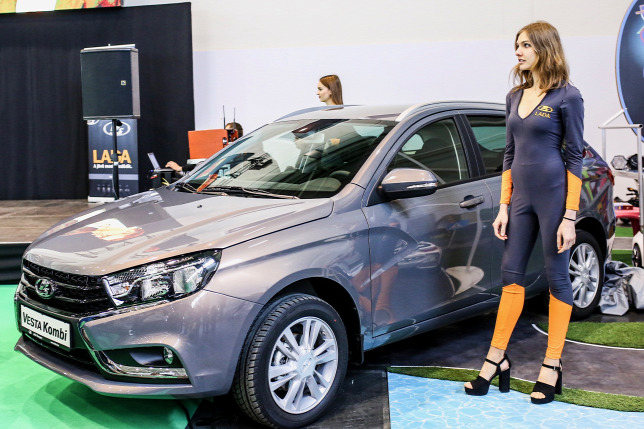
According to the authors of the revised strategy, Russian automakers invested no more than 0.2%-0.5% (equivalent to RR1.5 billion-RR2 billion [$24.2 million-$32.3 million]) of annual revenue in R&D from 2016-2021. The new strategy sets a target of 3%-4% of annual turnover.
Related: Lada Sales Rebound After Russian Government’s Support
Despite the current crisis, analysts expect automotive production in Russia will increase gradually within the next several years while imports will decrease. The authors of the strategy expect the market will not exceed 2021 sales volumes until 2026-2027 when sales will reach 1.75 million-1.76 million units and production will total about 1.3 million-1.4 million units. The new strategy anticipates 2035 sales of 2.1 million units and production of 1.9 million units.
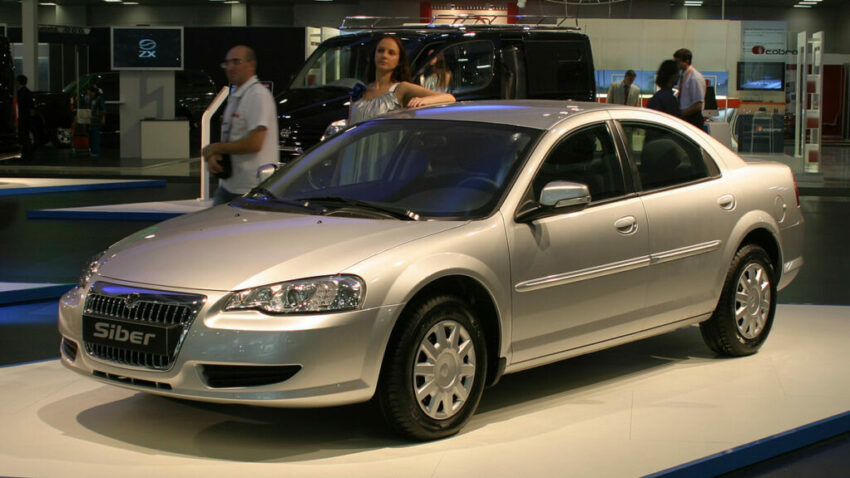
Leading Russian automaker GAZ has welcomed the new strategy. According to an official spokesman, GAZ since 2020 has been working to localize production of critical components, the key being a light diesel engine for commercial vehicles. But the company also supports state subsidies for components production.
from WardsAuto

A computer animation professional with over 23 years of industry experience having served in leading organizations, TV channels & production facilities in Pakistan. An avid car enthusiast and petrolhead with an affection to deliver quality content to help shape opinions. Formerly written for PakWheels as well as major publications including Dawn. Founder of CarSpiritPK.com



